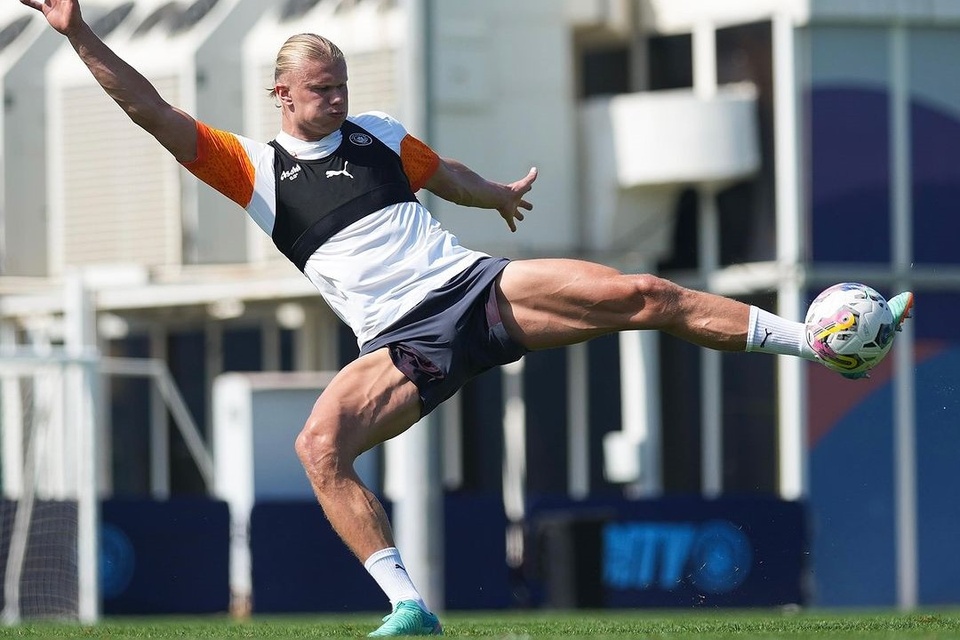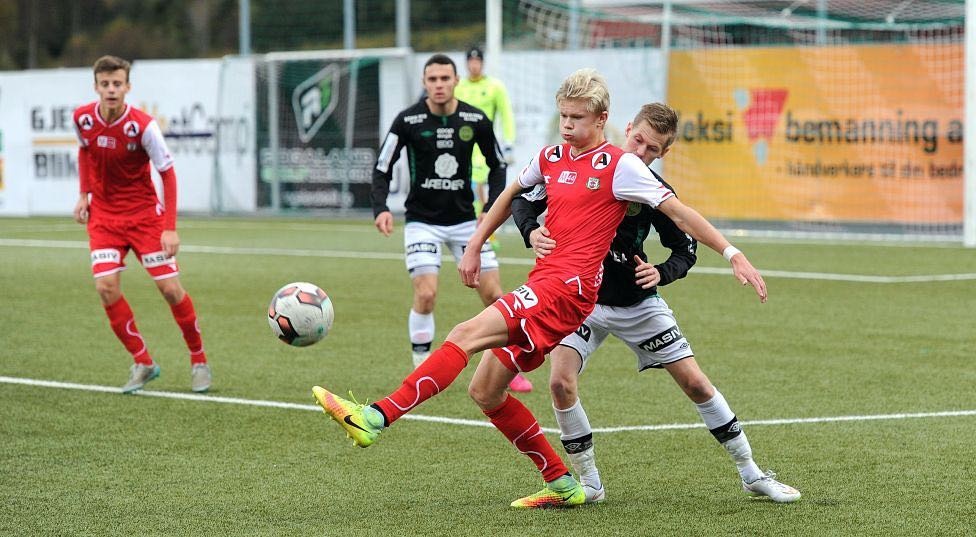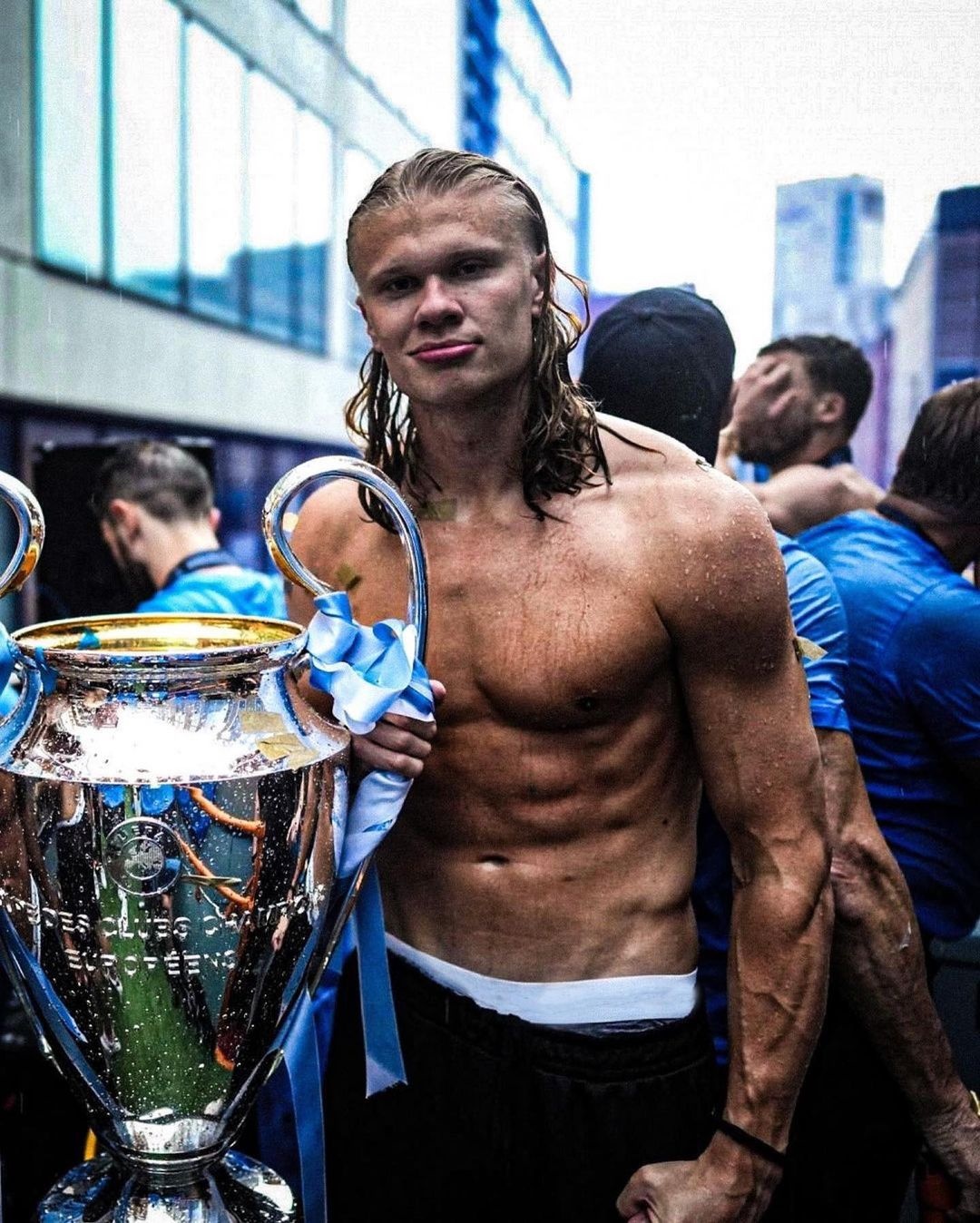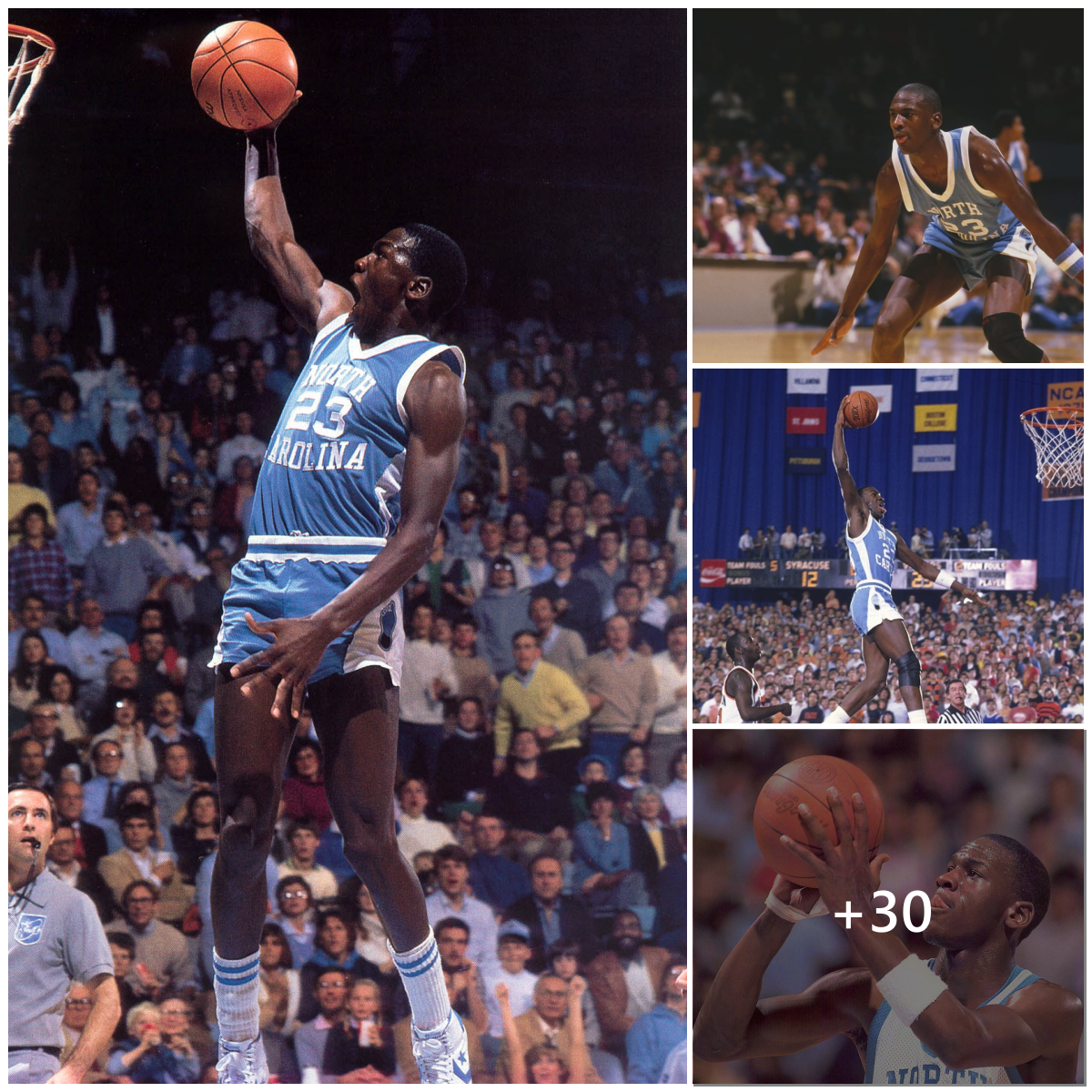One of the most “heart-filled” images on Erling Haaland’s Instagram is the moment he is practicing soccer and showing off his impressive muscles in his thighs, according to The Athletic.
 |
| Erling Haaland’s viral photo. |
The photo was posted at the end of January and currently has nearly 2.5 million likes. Immediately after that, the huge size of the leg muscles in particular and the incredible physique of the striker born in 2000 became a topic of discussion.
Anthony Turner, professor of strength and conditioning at Middlesex University, says: “That’s what a good athlete looks like. If you put other professional footballers in that position in the light so bright, the image will be reproduced to some extent… But Haaland probably shows it more clearly than others”.
Phil Learney, sports scientist and founder of the Academy of Advanced Coaching, says: “When you lift your leg this way, every muscle in that leg is engaged. You’ll see this with the bodybuilders on stage – they lift their legs off the floor and all the muscles are separated, then they slam their feet on the floor to keep the muscle intact”.
Others, including Neil Parsley, a strength coach for Olympic athletes and soccer players, were more impressed: “If there was no filter in this photo, it would be unbelievable . You could see every muscle, even do a physiology class on his legs. You usually only see muscles like this on bodybuilders.”
From “skinny boy” to “giant”
Each expert has their own opinion, but no one can deny that Haaland’s physique is very impressive, especially when looking at his previous images.
“When he was young, he wasn’t very fast and was quite small,” said Tord Johnsen Salte, one of Haaland’s teammates at Bryne.
When Haaland moved from his first club Bryne to Molde at the age of 16, his physique was just starting to change. This player gained 15 kg of muscle in 2 years, before being scouted by Red Bull Salzburg in 2019.
 |
| Image of Erling Haaland in 2016. |
Currently, at the age of 23, Haaland has completely changed, with no trace of the “skinny boy” he once was. His body fat percentage is also very low.
One of the leading reasons is genetics. Haaland’s father played more than 200 games as a professional soccer player and his mother was a heptathlon champion. In addition, such a developed physique also depends on lifestyle and diet.
“You won’t be able to get in shape like that if you don’t eat and sleep properly,” Parsley said.
Haaland’s nutrition regimen is very important to maintain massive muscle mass. The Man City striker has a personal chef who helps him eat about 4,000 calories a day, including foods rich in protein and nutrients.
How to have muscles like Halland?
Learney explains there are three main mechanisms of hypertrophy (muscle building): mechanical stress, muscle damage and metabolic stress.
“Mechanical stress is when someone goes into the gym and puts a lot of mechanical tension between the origin and attachment point of the muscle, which is resistance training. In Haaland’s case, he He jumps, runs on the field and then practices those methods in the gym.
This process can cause damage to your muscles, which require recovery to regenerate performance. Haaland spends a lot of time on recovery methods, especially when sleeping. He uses things like lamps to treat seasonal affective disorder and blue light blocking glasses.
“Metabolic pressure comes from Haaland playing football at a very high intensity, possibly for hours every day”.
 |
| Erling Haaland has impressive muscles. |
Are there any disadvantages to such muscles? According to experts, the short answer is no.
Turner said: “There are some people who think that big muscles make people slow, which is nonsense. Those who say that are only thinking about bodybuilders. The only goal of athletes is Bodybuilding means becoming big, so they may not care about speed or movement. For others, the more muscles they have, the more force they create and the faster they move.
Besides genetic factors, the biggest difference between a group of players who spend 1 hour/day in the gym and 3 hours/day on the field is what they do in the remaining 20 hours.
Haaland is famous for spending a lot of time resting to help his body adapt and recover.
“It takes energy to build your body, to continually refine it into whatever the environment needs. For people who are often distracted, they have to use energy to deal with triggers. stress, instead of purifying the body,” Turner explains.





